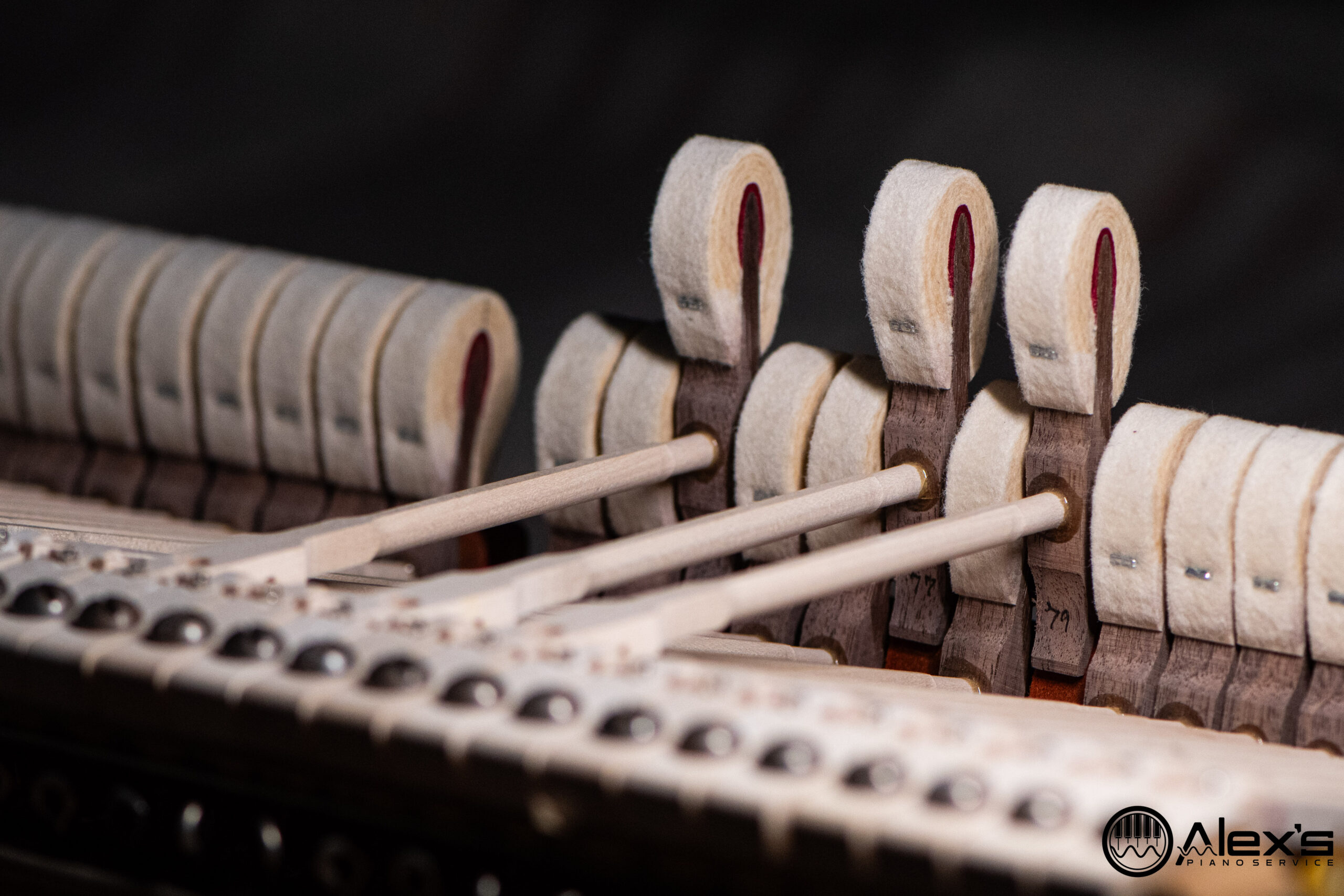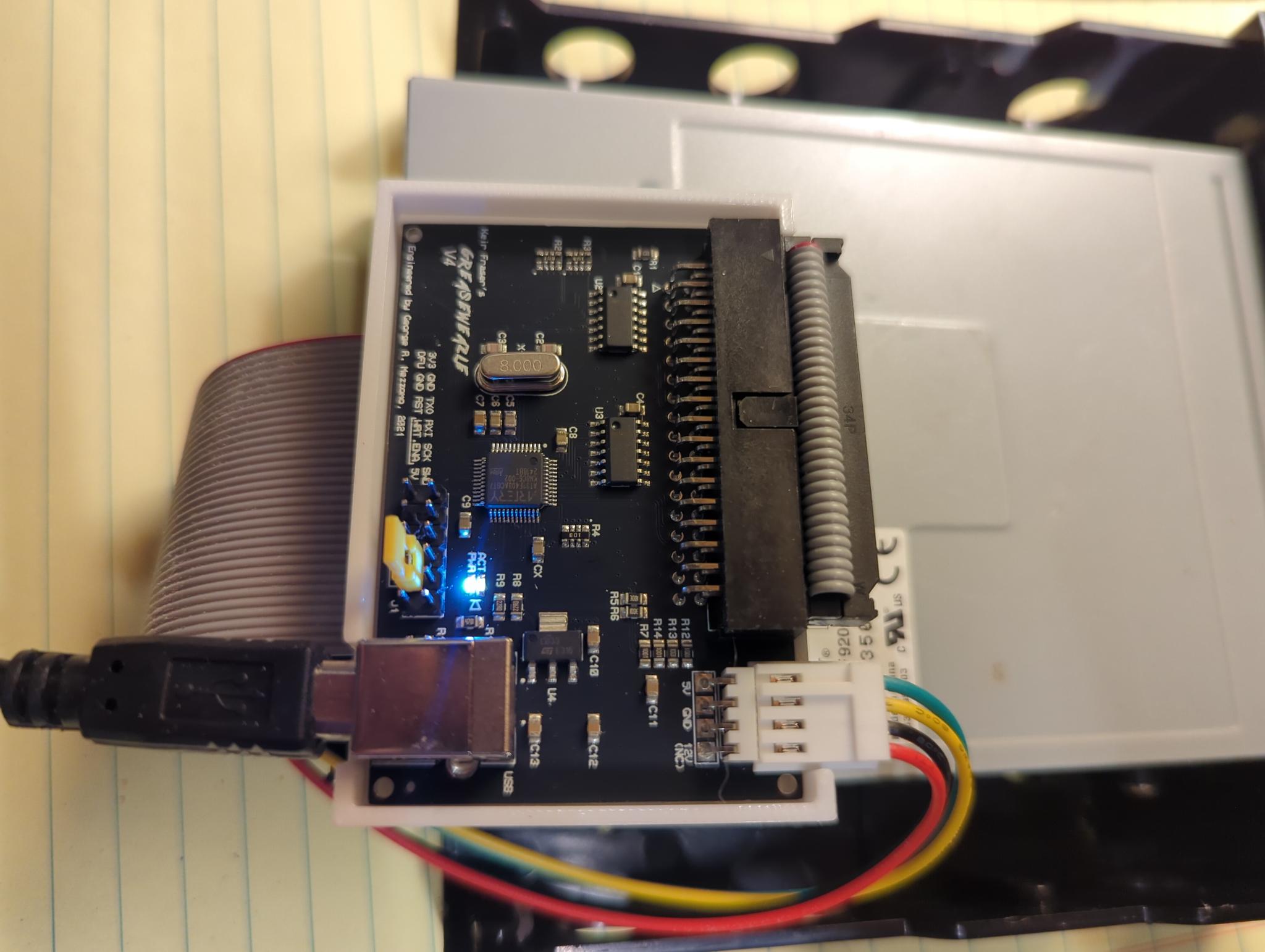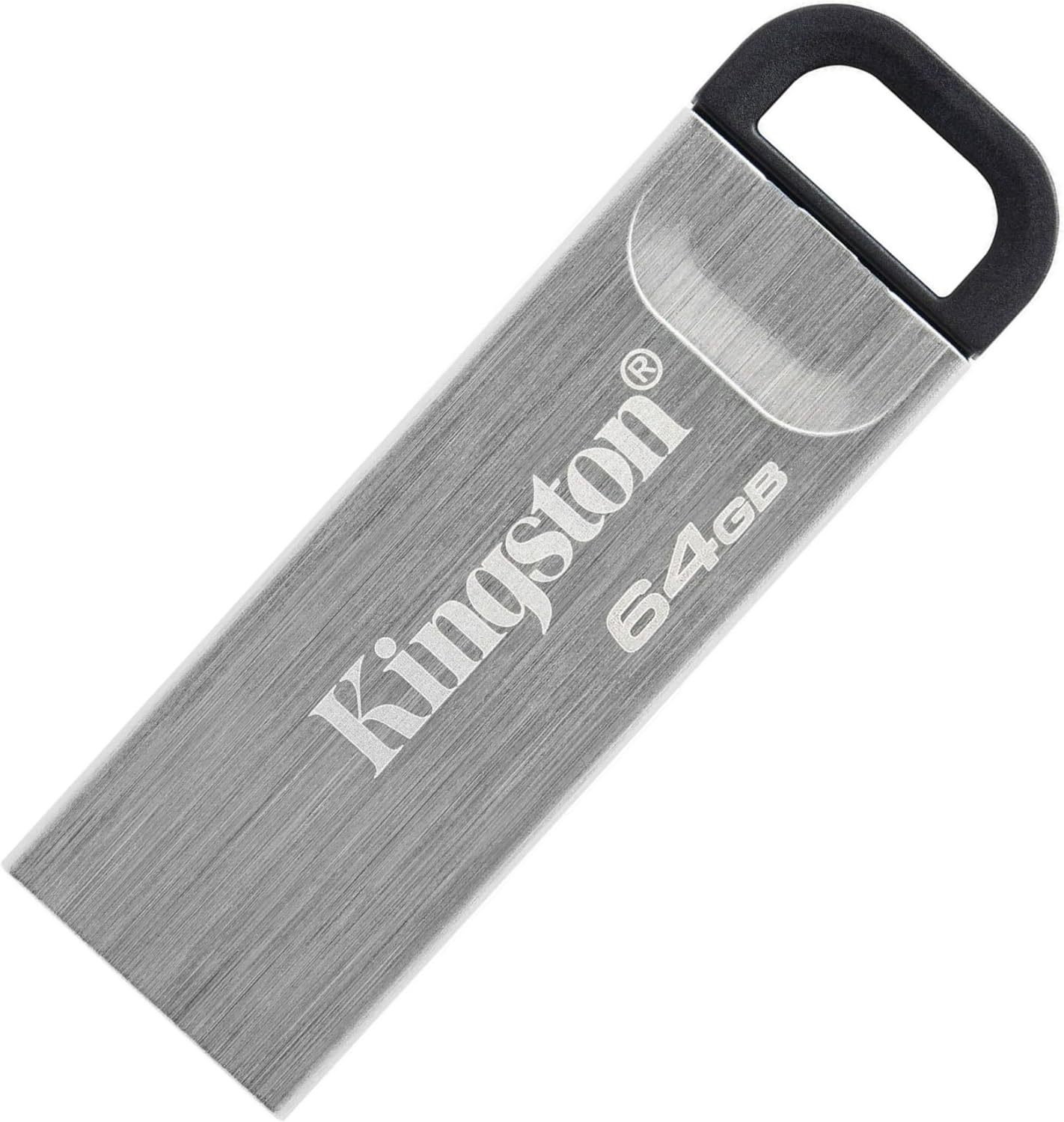Recording with the Nalbantov: The Truly Blank Disk!
In short, you probably want to download my blank virtual disk file for the Nalbantov or other emulators. These work on your Disklavier—specifically the Marks I and II—and on your computer. If you have an early Disklavier model like the DKC5R or DKC100R, you might have decided to install a Nalbantov floppy emulator in place … Read more



